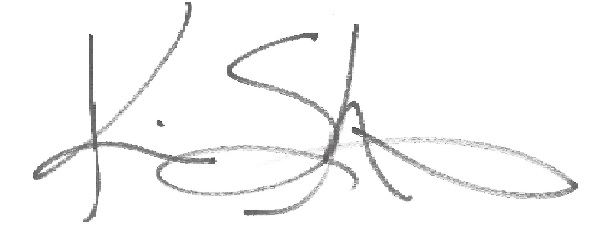Bourbon & Women, Part 2
Did you know there is a Wikipedia page already dedicated to what is being called Black Monday 2020? That’s right, March 9, 2020 has already earned the moniker ‘Black Monday’ for the conflation of oil and Covid-19 that precipitated the largest single-day point drop of the DOW in U.S. History. While we all hold our loved ones a little tighter this week, remember another ‘Black Monday’ in 1929 that was the catalyst for creating the conditions of despair that defined a generation.
BUT, this is not a story only of despair. In every story there are threads of hope and resilience. Such is the truth of the story of Bourbon. As I reflect on our current situation, I am consoled by the economic deliverance this caramel colored elixir brought our nation. And, like so many stories of resilience, it is full of female heroines who quietly persevered, solving seemingly insurmountable problems. So it is now as it was then.
When our nation decided to outlaw alcohol, we didn’t discover the cost of that decision until much later. Ultimately it would cost the government $11 billion in lost tax revenue and more than $300 million to enforce Prohibition. At the time of enactment of the Eighteenth Amendment, alcohol tax revenue accounted for more than 30% of the entire federal budget. It is no wonder our economy suffered in response.
As I was touring one of the distilleries recently in Kentucky one of the tour guides made an offhand comment on the situation that was presented at that time. He said simply, “life always finds a way”. And I would add, “and a woman is almost always involved”. The same is true with the resurrection of Bourbon. This uniquely American invention arguably ultimately saved the U.S. economy rise from the ashes of the Great Depression. But not in the way you might think.
You’re probably already aware that only 10 companies were granted medicinal licenses during Prohibition, thus ensuring their survival through the period. But keep in mind, they were only able to survive due to the demand for their product. The laws of economics were not suspended during this time. Women were at the heart of this demand. As usual, they were caring for their loved ones. Tasked with tending to illness and healing, they were predominantly responsible for procuring the necessary prescriptions. During Prohibition’s first year, doctors prescribed an estimated eight million gallons of medicinal alcohol – or 64 million pints. A single barrel of Bourbon is between 50-60 gallons.
Eventually the realities of the loss of revenue caught up with the government. They realized that the path forward toward economic recovery was going to be paved with alcohol. This led to a “Distillers Holiday”. This 100 day period of infinite production allowed distillers to produce unlimited amounts of Bourbon. Based on the additional regulations overseeing the production, these batches would be ready to meet the increased demand when Prohibition was lifted in 1933. And the federal government was first in line to enjoy the revenue produced from this glut of product into the, now legal, market.
For whatever your personal connection to alcohol may be, good or bad, it is undeniable that women have been reflected in as balanced a story as our nation can produce on the subject. We fought for both regulation and remedy as required by our collective circumstances. If you look closely you will find the fingerprints of women all over the story of Bourbon. In this 1904 picture from Old Forester, notice 3 women in the executive office. While not a rarity today, this anomaly is noticeable as these women stand as equals amongst their male counterparts.

What can we learn today about survival, resilience and economic vitality from the presence of women in this unique story? What event today needs our collective attention to bring regulation or remedy FORward? Where does your story intersect history next?
Yours Sincerely,

